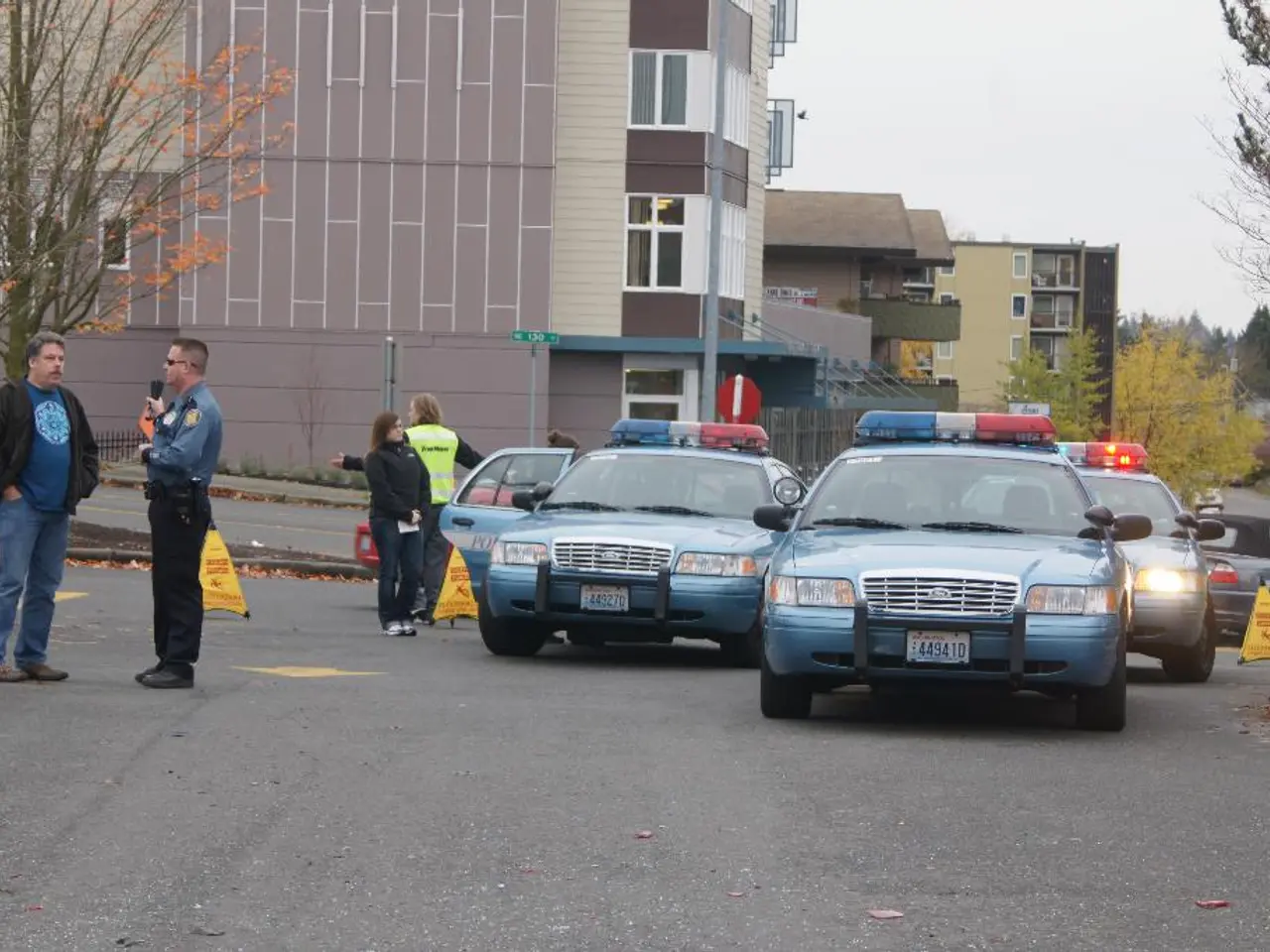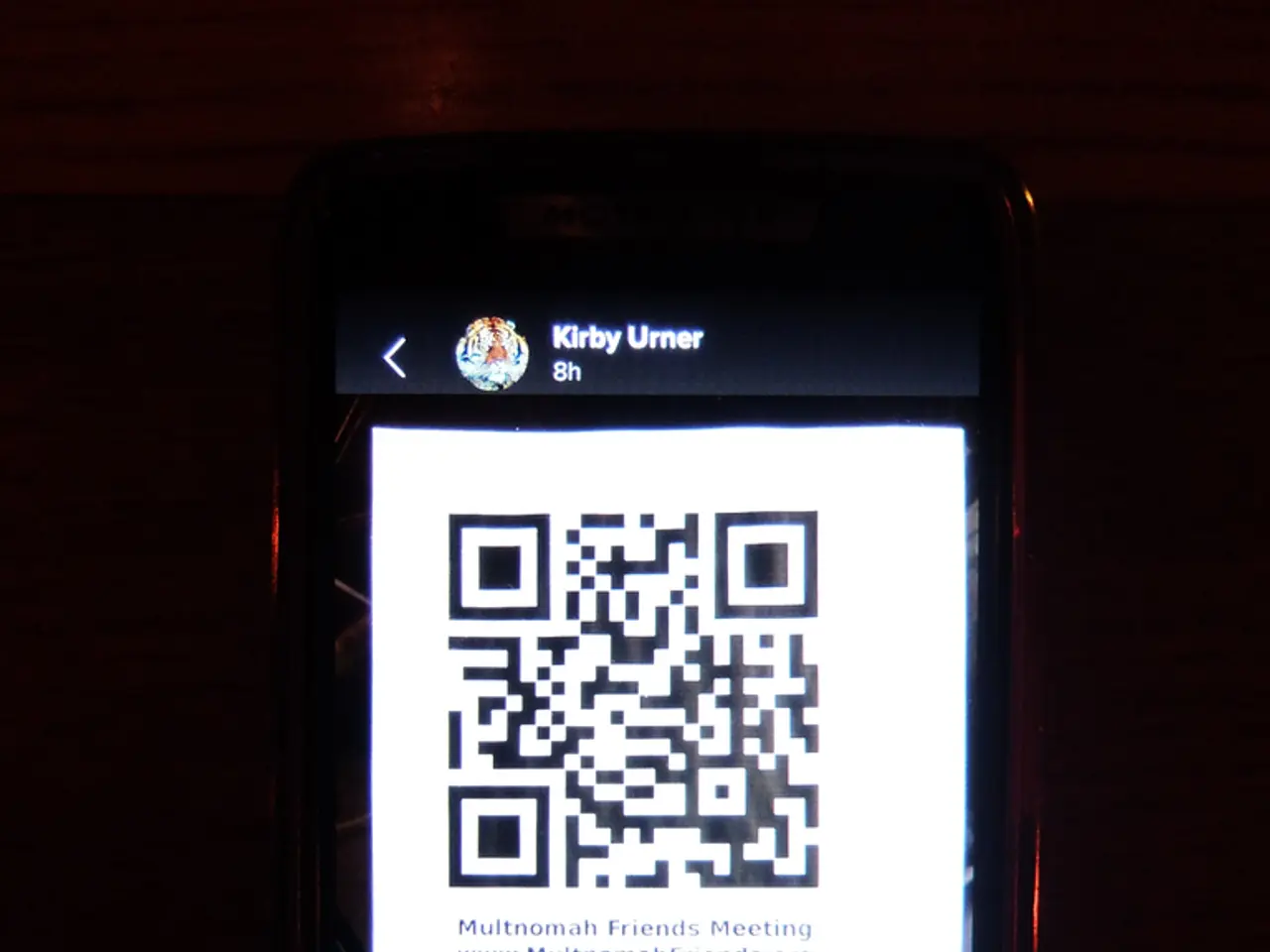Medical Deserts Revealed: Exploring the Impact and Tech Solutions to Bridge the Gap in Healthcare Accessibility
In the United States, medical deserts—regions lacking proper access to healthcare services—persist in both rural and urban areas. To address this issue, healthcare organizations are implementing innovative strategies, such as telemedicine, virtual care, and remote patient monitoring. One such organization leading this charge is Sanford Health.
Sanford Health, serving over 1 million patients across 250,000 square miles, has launched a $350 million initiative to build a virtual care center, aiming to reach patients in rural and underserved communities. This initiative includes setting up small, two-room clinics in farming communities with populations of 2,000 or less.
Telehealth technologies are at the heart of Sanford Health's approach. These technologies enable providers to offer quality care remotely, reducing the need for travel and overcoming geographic barriers. Remote patient monitoring, for instance, deploys devices that track vital signs, glucose levels, or other health indicators, allowing clinicians to monitor patients' chronic conditions in real time.
Sanford Health also promotes telepharmacy and mail-order services to combat pharmacy deserts. This approach ensures ongoing access to essential medications and supports adherence, particularly for chronic diseases such as diabetes or hypertension.
Moreover, Sanford Health collaborates with community-based organizations to address social determinants impacting healthcare access, such as transportation, housing, and language barriers. This holistic approach complements telehealth strategies by reducing practical obstacles patients face in accessing care.
Understanding a community's needs and building trust and credibility within that population is essential for addressing medical deserts. Sanford Health uses the Epic MyChart patient portal to send secure messages to patients, fostering trust and facilitating communication. Additionally, they have developed a chatbot app that asks mothers questions about their health and links them to emergency departments or providers based on their responses. The chatbot app also follows up with new mothers to set them up with lactation consultants.
Sanford Health has also set up mobile clinics for patients who otherwise would have to travel long distances for pulmonary care. These mobile clinics bring essential services closer to patients, helping to bridge the gap in healthcare access.
However, it's important to note that a medical desert can also mean a lack of access to internet connectivity or care, including telemedicine, telepharmacies, smart devices, or computers. Building relationships with communities is crucial for effective deployment of technology in addressing medical deserts.
Innovative strategies, such as those employed by Sanford Health, are paving the way for improved access, patient compliance, and health outcomes despite ongoing shortages of local healthcare infrastructure and providers. These strategies are not only transforming healthcare in medical deserts but also setting a precedent for the future of healthcare delivery.
Science plays a crucial role in Sanford Health's approach to addressing medical deserts, as they leverage advanced telehealth technologies to provide quality medical-conditions care in regions where access is limited. Health-and-wellness initiatives, like remote patient monitoring and telepharmacy services, are key components of this strategy, allowing Sanford Health to overcome geographic barriers and ensure ongoing care for patients suffering from chronic conditions.




